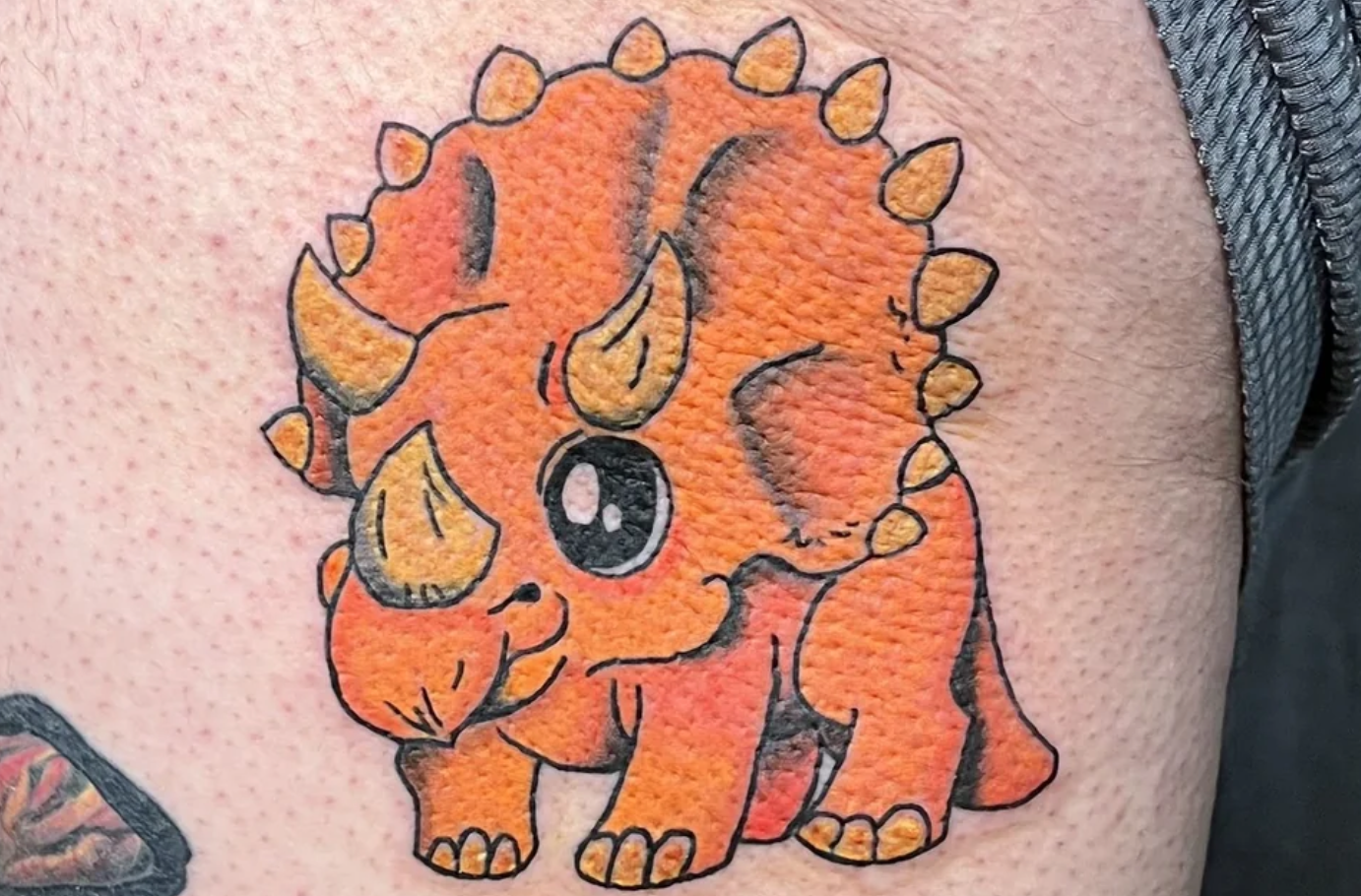Why Tattoos Are More Than Just Ink
Updated: March 4, 2025
Tattoos have transcended generations, cultures, and trends to become one of the most popular forms of self-expression. What was once viewed as a niche subculture has now taken over mainstream society, with millions embracing body art as a way to commemorate, celebrate, and define their personal journeys.
But what makes tattoos more than just ink on skin? Why do people from all walks of life continue to turn to tattooing as a means of storytelling? Let’s dive into the artistry, meaning, and cultural significance behind tattoos.
A Brief History of Tattoos
Tattooing is an ancient practice, dating back thousands of years. The earliest evidence of tattoos was found on Ötzi the Iceman, a mummy from around 3300 BCE, whose preserved skin displayed carbon tattoos. Historically, tattoos have held various meanings in different cultures. In Japan, they were once associated with the Yakuza, while Polynesian tribes used intricate patterns to signify status, ancestry, and achievements. Indigenous cultures worldwide have long used tattooing as a rite of passage, symbolizing strength, courage, or spiritual devotion.
Fast forward to today, and tattoos have become more accessible than ever, evolving into a mainstream art form. Whether small minimalist designs or large-scale body suits, tattooing has become an inclusive space for creative expression.
Source: Pinterest
Triceratops Tattoo
For those who prefer something a bit more gentle, the Triceratops is an excellent choice for your next dino-tattoo. With its three horns, frilly neck frill and friendly face, this dinosaur can bring some charm to your ink design while still being incredibly fierce.
Source: Reddit
Tattoos as a Form of Self-Expression
For many, getting a tattoo is about more than just aesthetics. Each piece of ink represents something deeply personal. Some individuals choose tattoos to honor loved ones, commemorate life events, or symbolize personal growth. Others use body art as a way to reclaim their identities, heal from past traumas, or embrace their individuality.
Symbolism plays a significant role in tattoo culture. A phoenix rising from the ashes can represent rebirth and resilience, while a butterfly may symbolize transformation. Even simple designs, like a date or a name, can carry an emotional depth that remains significant for a lifetime.
The Artistry Behind Tattoos
Tattooing is undeniably an art form, requiring a high level of skill, precision, and creativity. A talented tattoo artist is not only a craftsman but also a visionary who can bring a client’s ideas to life. From black and gray realism to bold neo-traditional styles, each tattoo style carries its unique aesthetic and technique.
Tattoo artists spend years mastering their craft, learning how to manipulate ink and skin to create stunning, long-lasting artwork. They also need to understand the body’s natural contours and how designs will age over time. A great tattoo isn’t just about the design—it’s about placement, execution, and longevity.
Cultural Perceptions of Tattoos
While tattoos have gained widespread acceptance, societal attitudes toward body art still vary. In professional settings, some industries remain conservative, discouraging visible tattoos. However, many workplaces have relaxed their policies, reflecting the growing normalization of tattoo culture.
In some cultures, tattoos are revered, seen as marks of strength and heritage. In others, they may still carry outdated stigmas. Despite this, the increasing popularity of tattooing among people of all backgrounds is helping shift perceptions, making body art more widely accepted as a legitimate and meaningful form of self-expression.
Choosing the Right Tattoo for You
Deciding to get a tattoo is an exciting and personal journey. Whether it’s your first or your tenth, careful consideration is essential. Here are a few tips to ensure your tattoo is something you’ll cherish for years to come:
Find the Right Artist – Every tattoo artist has a unique style, so choosing one that aligns with your vision is crucial. Research portfolios, read reviews, and don’t hesitate to ask questions.
Think About Placement – Some areas of the body are more sensitive than others, and certain placements may not age well. Consider how your tattoo will look over time.
Take Your Time – Impulsive tattoos can be fun, but it’s always a good idea to reflect on your design choice before committing.
Consider Symbolism – While tattoos don’t always have to have a deep meaning, it’s worth thinking about what the design represents to you.
Aftercare is Key – Proper aftercare ensures your tattoo heals well and maintains its vibrancy. Follow your artist’s instructions, keep your tattoo moisturized, and avoid prolonged sun exposure.
The Future of Tattooing
As tattoo technology advances, the industry continues to evolve. Innovations like vegan inks, biodegradable tattoo products, and even temporary ink that fades over time are making tattoos more accessible than ever. The rise of AI-generated designs, 3D tattoos, and glow-in-the-dark ink also points to a future where tattooing becomes even more diverse and cutting-edge.
Additionally, the stigma surrounding tattoos is slowly fading. More people, including professionals, athletes, and celebrities, proudly display their ink, further normalizing body art. The demand for skilled tattoo artists continues to grow, with many pushing creative boundaries to redefine what’s possible in the world of tattooing.
Final Thoughts
Tattoos are more than just ink on skin—they are deeply personal, culturally significant, and undeniably artistic. Whether serving as a tribute, a form of self-expression, or simply a stunning piece of art, tattoos allow individuals to wear their stories proudly. As the industry continues to thrive, one thing is certain: tattoo culture isn’t going anywhere. If anything, it’s only growing stronger, proving that body art is one of the most powerful and timeless ways to express oneself.

